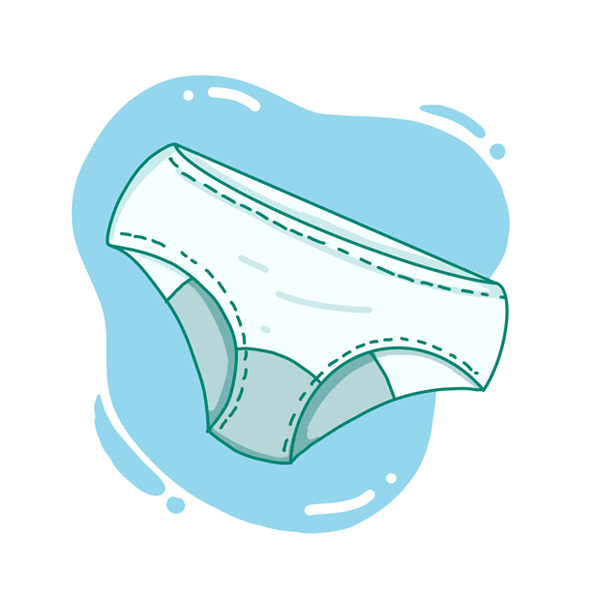Guide for Choosing the Right Period Product for You
Being a woman is wonderful on the outside, but sometimes it can be challenging, don’t you think? Menstruation is believed to be both touched and untouchable in some parts of Nepal. And they advise what has to be done. Knowledge is prime to make your period joyful with the right selection of menstruation management products. Menstruation is not an unhygienic thing. The more you know about your period and hygiene, the better. Let’s see and understand different menstrual products to use during menstruation that are suitable for you and your comfort.
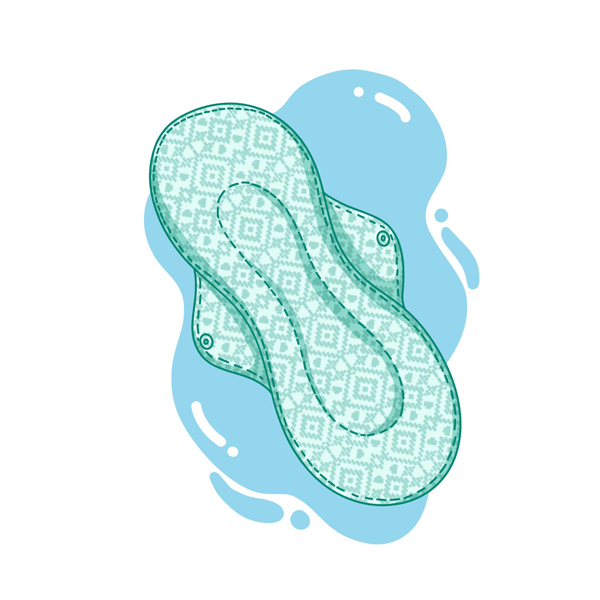
1)Reusable sanitary pads:
These are cloth pads that can be washed and reused. These should be made of cotton or bamboo fabric and can be handmade or purchased from a store. They should be changed every 4-6 hours. Each of these pads can be used 60-75 times, estimated to be used once per month, which means its 5-6 years. But if your pad feels uncomfortable, gives rashes then best to replace it as required. When disposing of the pad since it’s compostable you can cut it into small pieces and compost.
Pros: Eco-friendly, cost-effective in the long run, easily made in your conform size at home so you don’t need to run to stores every month to buy it, and chemical free.
Cons: Need to be washed, dried and stored well before use, some may feel discomfort while wearing or washing as it gets wet with blood, leakage may happen if it’s not placed or secured properly.

2.Sanitary pads:
These are disposable pads that are made of absorbent material like cotton or wood pulp and are covered with a leak-proof layer and have an adhesive backing to stick to underwear. . They are manufactured in factories. This should be changed every 4-6 hours and disposed of in a trash can. Do not flush them down the toilet.
Pros: Widely available in stores, easy to use, come in different sizes and absorbances depending on the amount of blood that flows , some companies add perfumes to reduce the smell, many of them have gum and ‘wings’ attached to them so that they do not move around.
Cons: Not eco-friendly. The ones that are called environment friendly are expensive and not easily available like others, can be uncomfortable to wear, need to be changed frequently, irritate the skin due to rubbing, can give off a foul odor when the blood gets oxidized, there is a possibility of allergies or yeast infections due to certain chemicals in it, it is expensive in the long run.
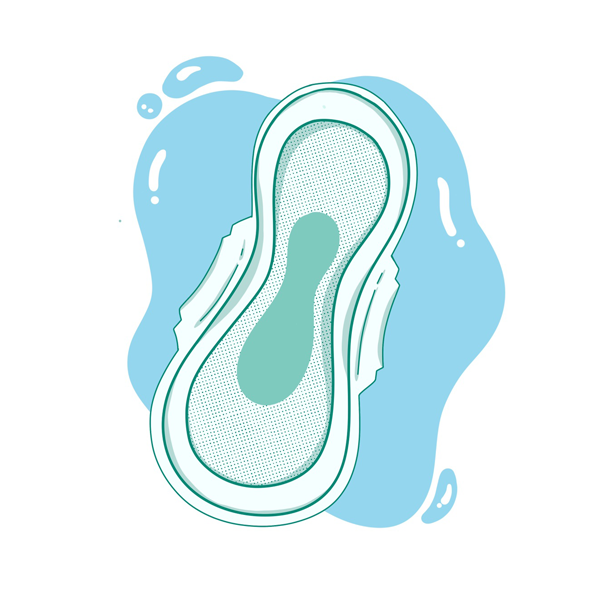
3)Menstrual cups (sanitary cups for periods):
These are small, bell-shaped cups made of medical-grade silicone or rubber that are inserted into the vagina to collect menstrual blood. These are manufactured in factories. These should be emptied every 8-12 hours. They must be washed with soap and water, and sterilized in boiling water for 2-3 minutes before inserting during the first day of the cycle and can be thoroughly cleaned with plain running water after emptying the cup and reinserting in between the periods. The choice of soap depends upon your availability but oil-free soaps are mostly recommended.
Pros: Eco-friendly, can be reused for up to 10 years depending upon the material used (check your product description), so it is cost-effective in the long run, since the blood stays inside the body, there is no problem of smell, it can be kept for up to 12 hours. You don’t have to worry about your periods while going to school or sleeping comfortably. A cup could be a great choice for swimming and sports lovers.
Cons: Takes time getting used to, bleeding might be on the hands while emptying the cup which can be disgusting for some, having to boil on the first day and having to wash every time you need to reinsert can be discomfort.
The product can be found under Menstrual Cups: Daraz Nepal
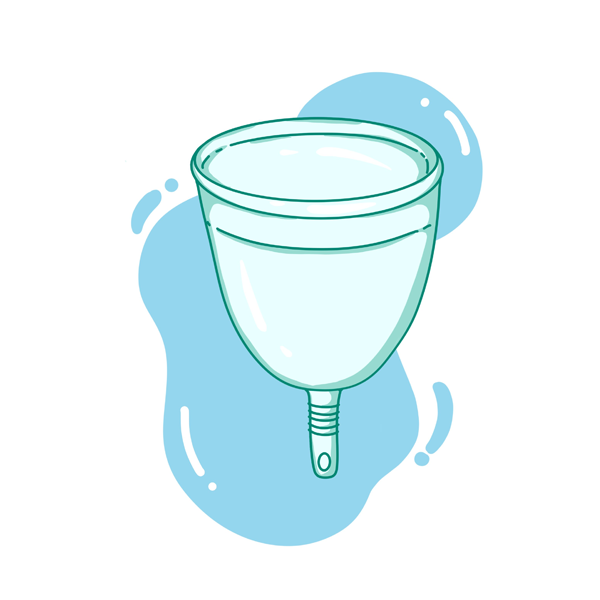
4)Tampons:
This is small, cylindrical plugs made of absorbent material like cotton or rayon. This is used by inserting its into the vagina to absorb menstrual blood and change every 4-6 hours. This is widely available and easy to use. This is manufactured in factories. . Used Tampons should be disposed of in a trash can. Do not flush them down the toilet.
Pros: It can be so comfortable that you might even forget that you are wearing it. Like a cup, tampons are also very convenient for those who like swimming and sports, you can buy them in different sizes according to your blood flow, it is small and easy to carry.
Cons: Not eco-friendly, it may be difficult to insert or remove in the beginning (takes time getting used to), due to comfort the user may forgot to remove it for long time in such cases increase the risk of =infection.
The product can be found here: https://www.daraz.com.np/…
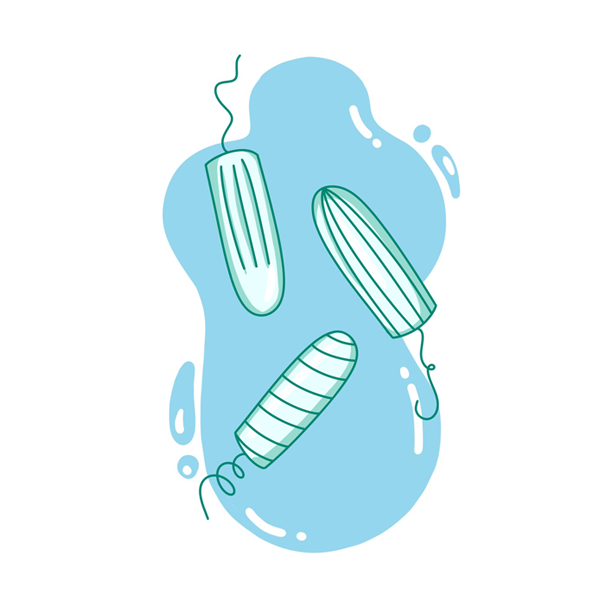
5)Period Panties:
They look like regular underwear with a water-resistant lining from a piece of material sewn into a garment to strengthen or enlarge a part of the underwear (gusset) to the waistline.
Pros: It is made up of 95% modal and 5% cotton. Modal is a fabric used in underwear because it’s more breathable and absorbent than a typical cotton blend which is derived from bamboo. It’s designed in such a way that it’s a comfortable fit.
Cons: They do provide some absorbency, but you can’t wear them during your period without protection such as a sanitary cup or pad, depending on your flow. Bloody pants with the possibility of leaks, hand washing is required, it takes a long time to dry, and it is tricky to change the panties during the work day.
The product can be found here: https://www.daraz.com.np/…
How to choose a product which is right for me?
The choice of menstrual product depends on personal preference, lifestyle, and budget. Consider the following factors when choosing a product:
– Cost Effective
– Comfort
– Convenience
– Availability
– Disposal and Environmental impact
Where to buy?
- Reusable menstrual pads: You can make these yourself at home or customized and made at the local tailor in your area.
- Sanitary napkins: These are widely available in grocery stores, pharmacies, and nearby local shops. It is also available in your school (government) as the government is providing it free of cost for the school going girls.
- Menstrual cups: These can be purchased online or in stores that sell eco-friendly products. Ask someone coming from Kathmandu and cities to get it for you.
- Tampons: These are widely available in departmental stores and pharmacies, you can also order them online.
